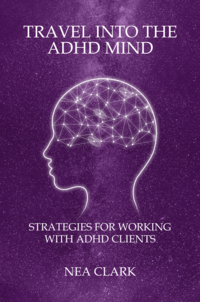
A Transactional Analysis of Motherhood and Disturbances in the Maternal From Pre-conception to Human Being By Emma Haynes
Grounded in research and clinical experience and with plenty of case examples, this book provides a relational Transactional Analysis diagnosis and treatment strategy to give immediate relief for maternal mental illness.
Maternal mental illness is common, painful, poorly understood, misdiagnosed and often unspoken. For many years this condition has been known as postnatal depression. Yet it is so much more than this with countless women experiencing a multitude of different types of distress in pregnancy and for many years post birth. This book covers not only those conditions commonly known but also explores other factors such as Artificial Reproductive Techniques, miscarriage, termination for fetal abnormality, birth trauma, and infertility and how to treat them. It highlights the true breadth, depth and costs of the maternal journey and emphasises the struggles all parents can experience, no matter where in the world they live.
Written in a clear and concise style, this book will be valuable reading for TA psychotherapists and students, and anyone wanting to enlarge their knowledge of motherhood and parenting.

Travel into the ADHD Mind: Strategies for Working with ADHD Clients By Nea Clark
This book is intended for psychotherapists, counselors, trainees, and coaches from any psychology modality who work with ADHD clients. It has been designed to provide an easy guide to recognize signs of ADHD. The author moves beyond describing ADHD symptoms and experiences and also provides a complete treatment plan for working with ADHD clients. The book begins with introductory and conceptual material on different types of ADHD and the basic principles of working with ADHD clients. Then, it moves on to each layer of the treatment pyramid. The author explains step by step how to start the work with an ADHD client and move on to the next stage. The chapters include Procrastination, Motivation, Different types of Attention, a map of the full sensory system, Managing daily struggles, Masking, and Energy management. It is illustrated with multiple diagrams and pictures to bring the theoretical content alive for visual learners. It also summarizes the theories in tables to enable the user to create a treatment plan easily. The author uses multiple case examples to demonstrate the application of the treatment process. The open writing style makes the book accessible to beginners and experienced practitioners within the field of psychology.
